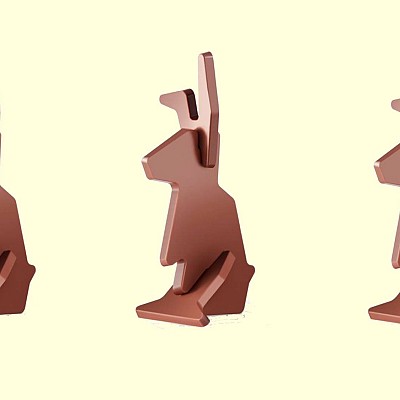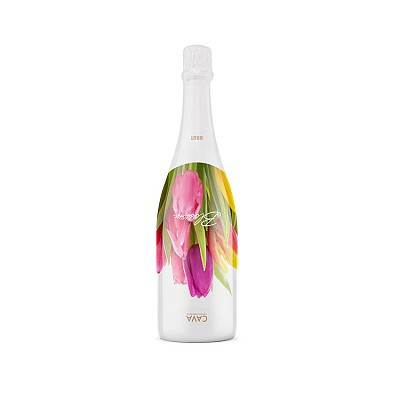Wine has long been acknowledged as the quintessential complement to a fine dining experience. Whether you're dining at a Michelin-starred restaurant or your local bistro, choosing the perfect wine to pair with your meal can enhance the flavors of both. However, the science of wine pairing is not just reserved for sommeliers. With a little knowledge and plenty of experimentation, you can become adept at the intricacies of wine pairing.
If you're eager to learn how to match wines to your restaurant meals, we’ve provided tips and guidelines for perfect pairings.
Understanding The Basics
To the novice, wine pairing may sound intimidating, but it's essentially about balancing the flavors of your food with the wine's characteristics.
Wine pairing considers six flavor categories in food:
- Salt
- Spice
- Sweet
- Bitter
- Acidity
- Fat
Wines lack some of those flavors but contain varying degrees of bitterness, sweetness, and acidity. They fall into three broad categories:
- Bitterness – red wines
- Acidity – rosé, sparkling, and white wines
- Sweetness – sweet wines, such as sweet rosé.
There are two ways to balance a great meal with the perfect wine: congruent and contrasting pairings. If that sounds a little like high school geometry, here's a simple explanation of these terms:
- Congruent Pairing: You will serve a wine that complements and accentuates the food's flavor profile. The shared flavor components in the food and wine amplify the taste of both. Congruent pairing works well with acidic and sweet flavors, but bitter food and high-tannin wines can be an overwhelming combination. Desserts often go well with sweet wines; a vinaigrette salad can pair well with an acidic wine.
- Contrasting Pairing: This is a marriage of contrasting flavors in food and wine, yet they complement each other. An example is matching fatty red meat with a bitter red wine. The flavors offset each other.
Key Principles For Pairing
Keep these principles in mind for good pairings.
Match Intensity
The flavor intensity of the wine and the meal should be similar. Light dishes pair well with light wines, while heavy dishes are suited to full-bodied wines. For example, if you're serving a light salad, a sauvignon blanc will be the perfect match, while a heavy-bodied cabernet sauvignon will overpower the dish. The cabernet sauvignon would pair well with a juicy steak, though.
A wine's body is its actual thickness or weight, its mouthfeel. Light-bodied wines have a similar feel in the mouth to water, while full-bodied wines are comparable to heavy cream.
Creating Balance
When wine and food are well-paired, a delightful harmony results. Neither overpowers the other.
The Meat-Wine Rule
When it comes to meat, a simple rule applies, and it usually results in an excellent pairing. Red wines pair with red meat, while white wines go well with chicken, fish, and other white meats. When the focus is on the meat, this rule works well.
But rules were meant to be broken, weren't they? It's more an exception to the rule than breaking it. To fine-tune your pairing, consider the dominant flavor or character of the dish. This can be its cooking method, sauce, or seasonings. For example, Chicken Marsala in rich wine and mushroom sauce will pair far better with a light red or full-bodied white than a delicate white wine.
Consider The Sauce
If the meal is sauced, consider the sauce when selecting the wine. For a rich, creamy sauce, a Chardonnay with buttery notes can be a great match. Alternatively, an Italian Chianti pairs well with a delicious tomato-based sauce.
Think About Geography
A growing trend in wine pairing involves matching food and wine from the same region. These combinations have been served together for years in their region of origin, so it makes sense to pair wines from a specific area with the type of cuisine that originates from there. If you're enjoying a Mediterranean dish, choose a Mediterranean wine, such as a Spanish Tempranillo with paella or an Italian Sangiovese with pasta.
Bubbly For Salty Food
Sparkling wines like brut Champagne and Spanish cava go with almost everything, making it an easy choice for a novice pairer. Slightly sweet and effervescent, these wines make them refreshing matches for salty food. They also cut through rich fried foods' oiliness and the spice in hot Asian cuisine.
Acidity And Pairing
Acidic wines match well with rich, creamy foods, acidic foods like tomatoes, tomato-based sauces, and citrus fruits. These wines also go well with salty foods. But acidic foods usually clash with low-acid wines, so it's best to enjoy them separately.
A Guide To Pairing Wine With Different Cuisines
Now that we've covered the basics, let's explore some wine pairings with different cuisines.
Italian Cuisine
Italian dishes often feature rich tomato sauces, creamy pastas, and flavorful herbs. A Chianti or Sangiovesecomplements these dishes perfectly. For pizza, try a sparkling Prosecco, Chianti Classico, or Pinot Noir.
French Cuisine
French cuisine is famous for its diverse flavors. For a classic pairing, a Bordeaux wine complements a juicy steak, while a buttery Chardonnay pairs beautifully with a creamy chicken dish. Don't forget Champagne for oysters and celebratory moments!
Asian Food
The variety in Asian cuisine makes wine pairing a bit more challenging. For spicy dishes, choose a slightly sweet Riesling or a Gewürtztraminer. Sushi lovers may appreciate the crispness of a Sauvignon Blanc, while Pinot Noir can elevate the flavors of a teriyaki dish.
Mexican Fare
Mexican dishes often combine spicy, savory, and smoky flavors. A bold, fruity Zinfandel can handle the heat of enchiladas or chili. A bright and citrusy Albariño works well for lighter Mexican cuisine like ceviche.
Seafood
Seafood generally pairs wonderfully with white wines. Try a crisp Sauvignon Blanc with a light fish like sole or a buttery Chardonnay with richer seafood like lobster or crab.
Steak And Grilled Foods
Steak and other grilled meats shine when paired with robust red wines. A Cabernet Sauvignon or a Syrah enhances the flavors of a well-cooked, fatty steak.
Desserts
When it comes to dessert, sweeter wines like late-harvest Rieslings, Sauternes, or Port are ideal companions for sweet treats, from crème brulee to chocolate cake.
To Finish
While these guidelines can be beneficial, remember that your personal taste plays a significant role in matching wine to your restaurant meals. Don't be afraid to experiment, and trust your palate. It’s a great idea to get some practice at home by joining a wine club and trying out different pairings every month.
Over time, you'll develop a better understanding of pairings and preferences, and you’ll build up the confidence to order the perfect wine for every meal you enjoy out.






































